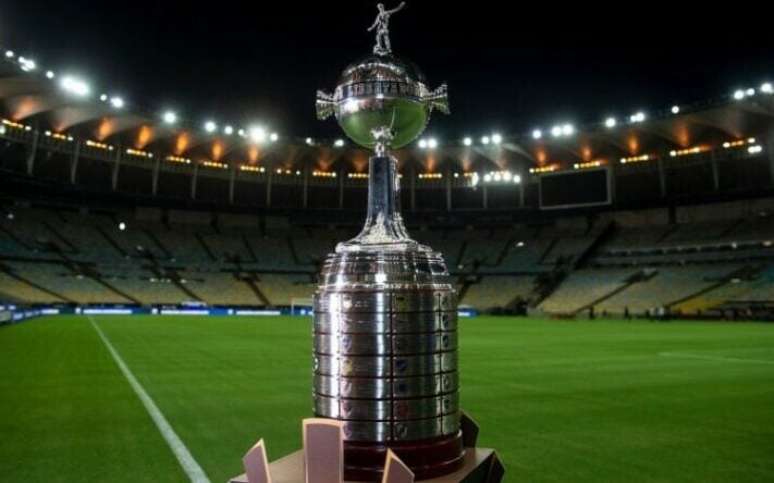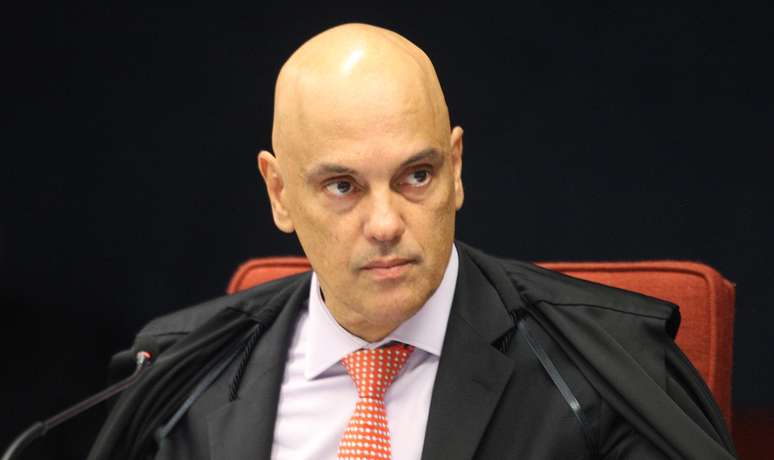The country is the majority in the quarter-finals of the two continental competitions and expands the trend of recent years

The teams competing in the quarterfinals of the Libertadores and the Copa Sudamericana have been defined. Unsurprisingly, Brazil is the country with the most representatives in both competitions and continues to dominate South America as it has in recent years. Money, attractiveness and balance of the local league are some of the points that explain this Brazilian dominance in continental tournaments.
In Libertadores, out of the last six finals, five have had at least one Brazilian team. Of the last six champions, five were Brazilians, with the last four consecutive editions. In addition, there have been three consecutive Brazilian finals, possibly towards a fourth in 2023, where we will have three Brazilians among the eight qualified for the quarter-finals.
In Sul-Americana the long-term dominance is a little less, but of the last seven finals, five have had at least one Brazilian representative with three titles captured and an all-Brazilian final. In the 2023 edition, the possibility of having another club from the country in the decision is huge, since of the eight qualified for the quarter-finals, five are Brazilians.
FINANCIAL POWER
To give the most expressive example of those mentioned above, it is necessary to speak of the market value of the alloys. The Brazilian league, according to Transfermarkt, is worth 1.46 billion euros (R$7.85 billion at current exchange rates). That’s nearly double the market value of Superliga Argentina, which is worth 802.05 million euros (R$4.3 billion). Only then do we already have an indication of the financial power of clubs in Brazil.
However, this is further magnified when we take the other leagues on the continent. The Colombian league, for example, is worth 228.1 million euros (R$1.225 billion), practically six times less than the Brasileirão. Chile, Ecuador, Uruguay, Peru, Bolivia, Paraguay and Venezuela have even lower values.
This without going into the merits of broadcasting rights values, sponsorships and other sources of income, such as the box office of the stadium itself and the size of the crowd, which sometimes even exceeds the population of one country or another in America of the South. In the battle of numbers, it is practically impossible to compete with the financial power of Brazil.
CHAMPIONSHIP ATTRACTIVENESS
Sure, the money helps, but the power of attraction of the Brasileirão is quite strong in relation to the desire of great players to play here. And this also comes from recent results, such as three consecutive Libertadores finals with only Brazilian teams. If the “medallion” has to choose a place to compete at a high level, it will certainly be the Brazilian territory.
That is, the player adds the financial issue, since clubs are able to pay high salaries, some of them compatible with Europe, and may still find themselves in a situation where they will compete for all titles and be one of the main athletes of the country, while also standing out in the eyes of the world. Something that would probably not be possible in other South American countries.
THE BALANCE OF THE BRAZILIAN
It is also necessary to understand a little about the sporting side involved in this issue. Although Flamengo and Palmeiras have been the protagonists of national football in recent years, the teams have gotten from strength to strength, putting together a competitive team that leaves the Brasileirão quite balanced, as most foreign coaches report when they arrive here to be in moments toughest championship in the world.
In these conditions of constantly being in high-level contexts, competing with the best, when this is brought to the continental level, will certainly make the difference. Therefore, when a Brazilian mid-table club faces a G4 club from other countries, victory is usually yellow-green, as the difference will also be absurd on the pitch, in addition to the factors already mentioned, such as money and attractiveness.
This happened to Internacional and River Plate. The Rio Grande do Sul team occupies the middle of the table in the Brasileirão and faced the feared Argentine champion, who had strengthened. On the field, however, Colorado performed well and ended up taking the place in the shootout. The Buenos Aires team never had the advantage indicated by their positions in the national league.
AND NOW?
With a majority of representatives in both Libertadores and Sudamericana, Brazil’s chance of winning two more continental tournaments in 2023 is very large. But even if they won’t lift these cups, dominance is very clear and promises to be long-term, especially due to the consolidation of the League, which should attract even more money, more spotlights and more balance. It will be difficult to compete.
Source: Terra
Rose James is a Gossipify movie and series reviewer known for her in-depth analysis and unique perspective on the latest releases. With a background in film studies, she provides engaging and informative reviews, and keeps readers up to date with industry trends and emerging talents.

![New Day ahead: What awaits you on Tuesday, July 15, July 12, in 12 episodes of 2025 [SPOILERS] New Day ahead: What awaits you on Tuesday, July 15, July 12, in 12 episodes of 2025 [SPOILERS]](https://fr.web.img5.acsta.net/img/79/43/79435021c0bfb8e27ed7d08131107424.jpg)




